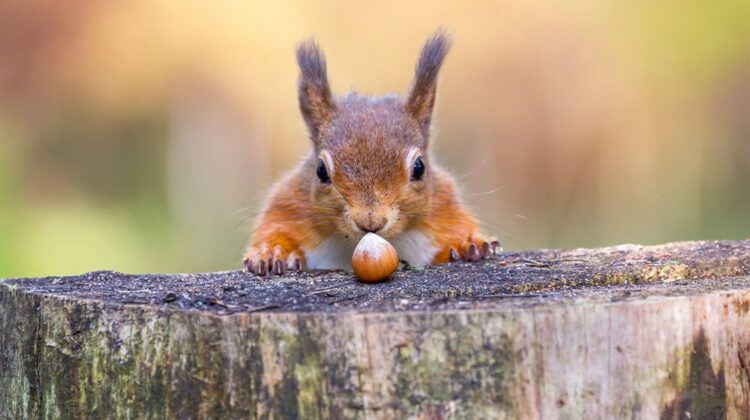
Have you ever wondered how vast forests come to be? While humans have planted countless trees for various reasons, there’s a surprising and often overlooked force behind the growth of many woodlands: squirrels. These small, furry creatures play a vital role in forest regeneration through an accidental yet highly effective method.
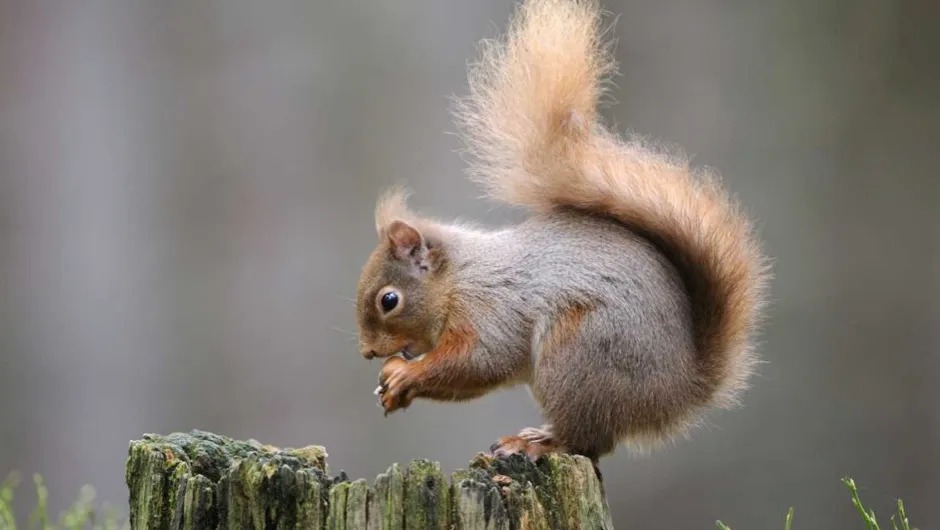
The Squirrel’s Secret
Squirrels are known for their love of nuts. As they gather and store these nutritious treats for the winter, they often bury them in the ground. While some squirrels may remember the exact location of their hidden stashes, many forget, leaving the buried nuts to germinate and grow into new trees. This unintentional act of planting has a profound impact on the environment.
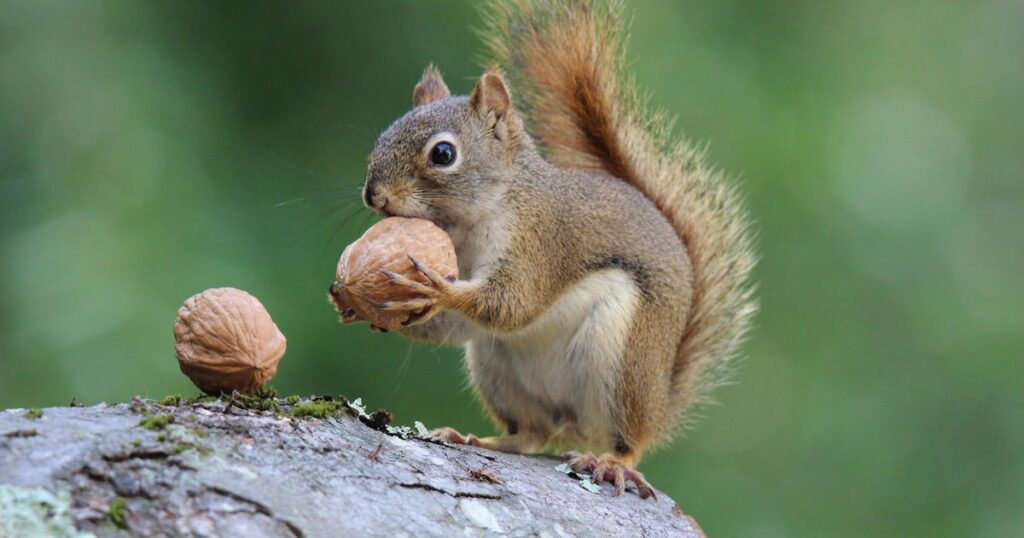
The Benefits of Squirrel-Planted Trees
- Biodiversity: Squirrel-planted trees contribute to a diverse forest ecosystem. The variety of tree species helps to support a wider range of plants, animals, and microorganisms.
- Climate Change Mitigation: Trees absorb carbon dioxide from the atmosphere, helping to combat climate change. Squirrel-planted trees can play a significant role in reducing greenhouse gas emissions.
- Soil Erosion Prevention: Trees help to stabilize the soil and prevent erosion. The roots of squirrel-planted trees can anchor the soil, reducing the risk of landslides and other environmental hazards.
- Habitat Creation: Forests provide essential habitat for a wide range of wildlife. Squirrel-planted trees create new habitats for birds, insects, and other animals.
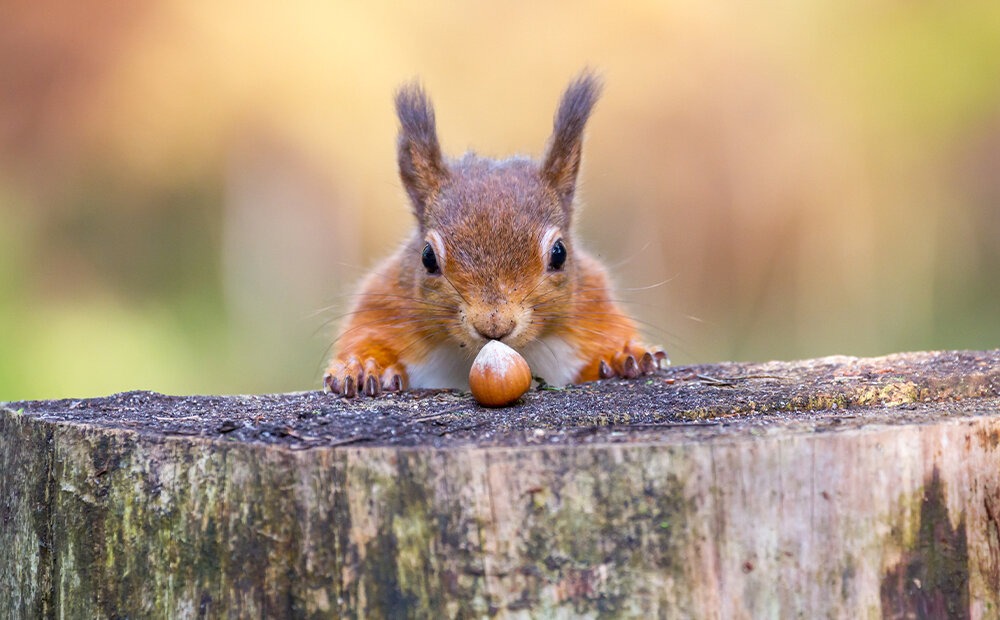
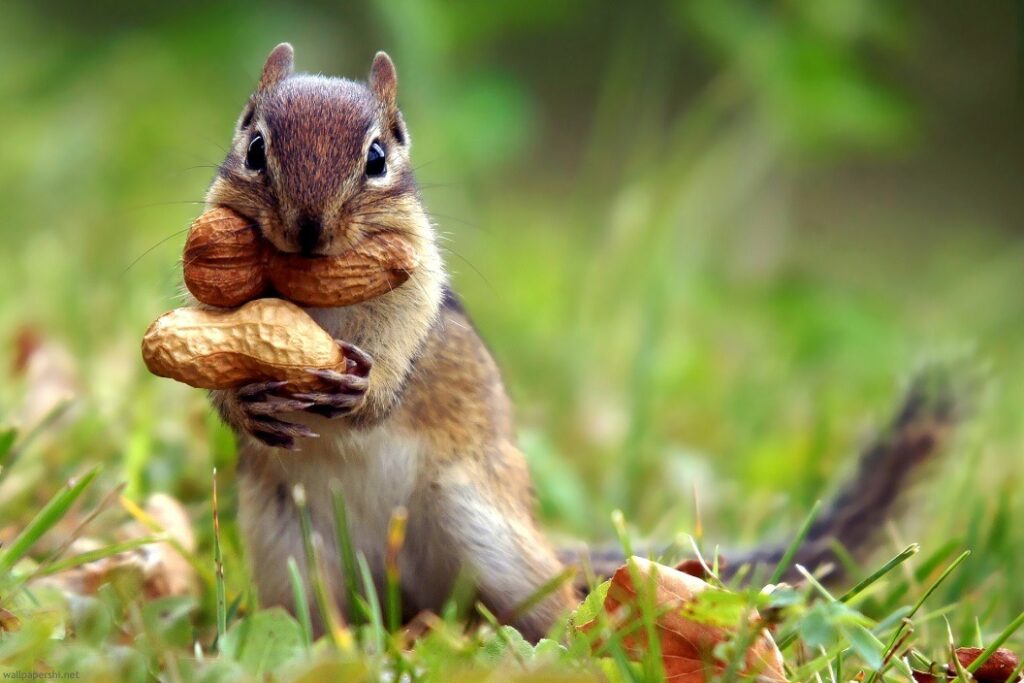
The next time you see a squirrel scurrying around, take a moment to appreciate its contribution to the natural world. These small creatures play a vital role in forest regeneration, helping to create healthy and sustainable ecosystems. By understanding the importance of squirrels and their accidental tree planting, we can better appreciate the intricate balance of nature.

Leave a Reply